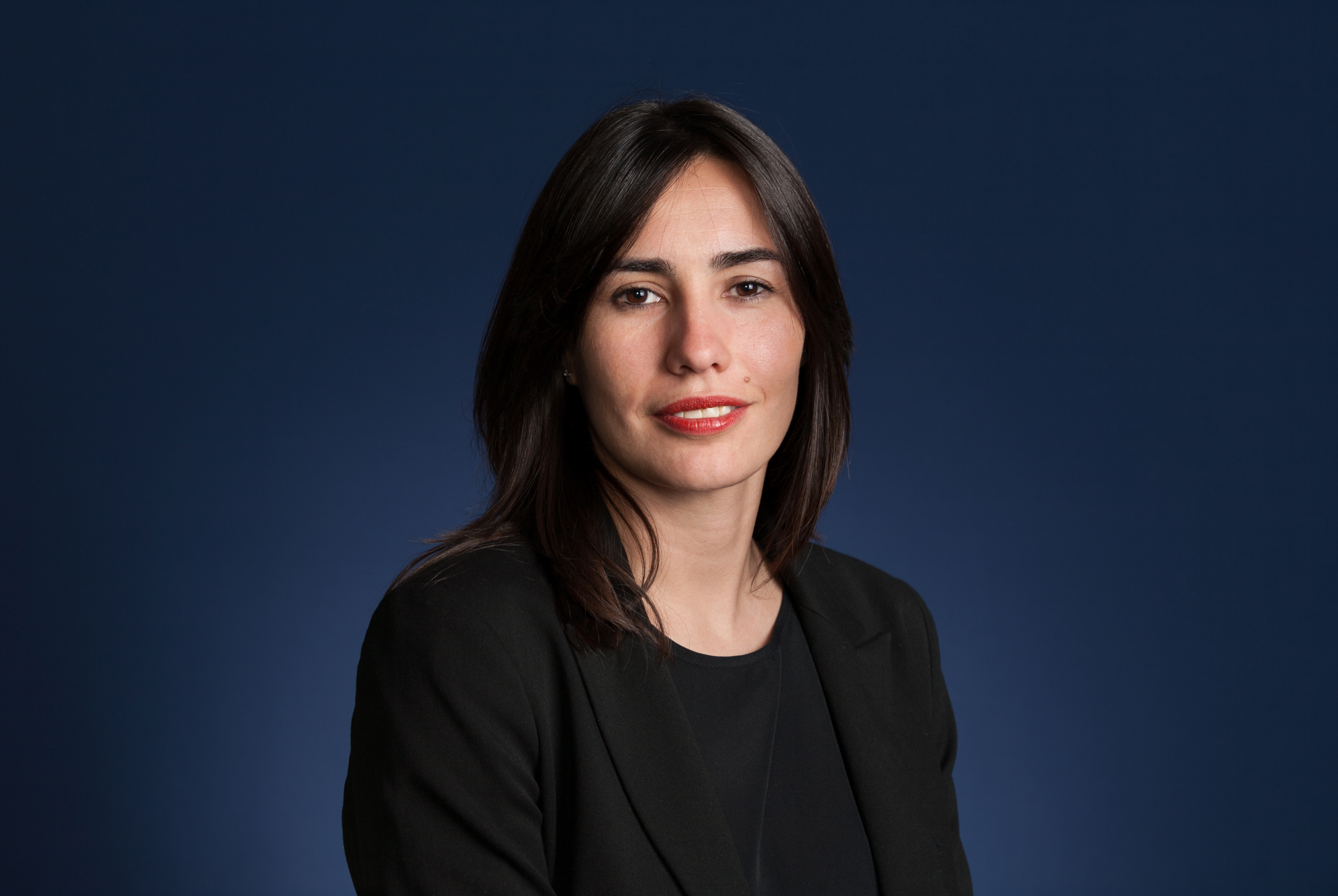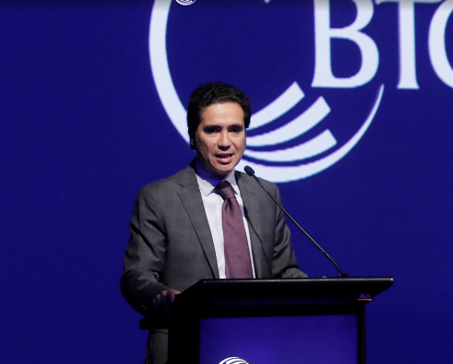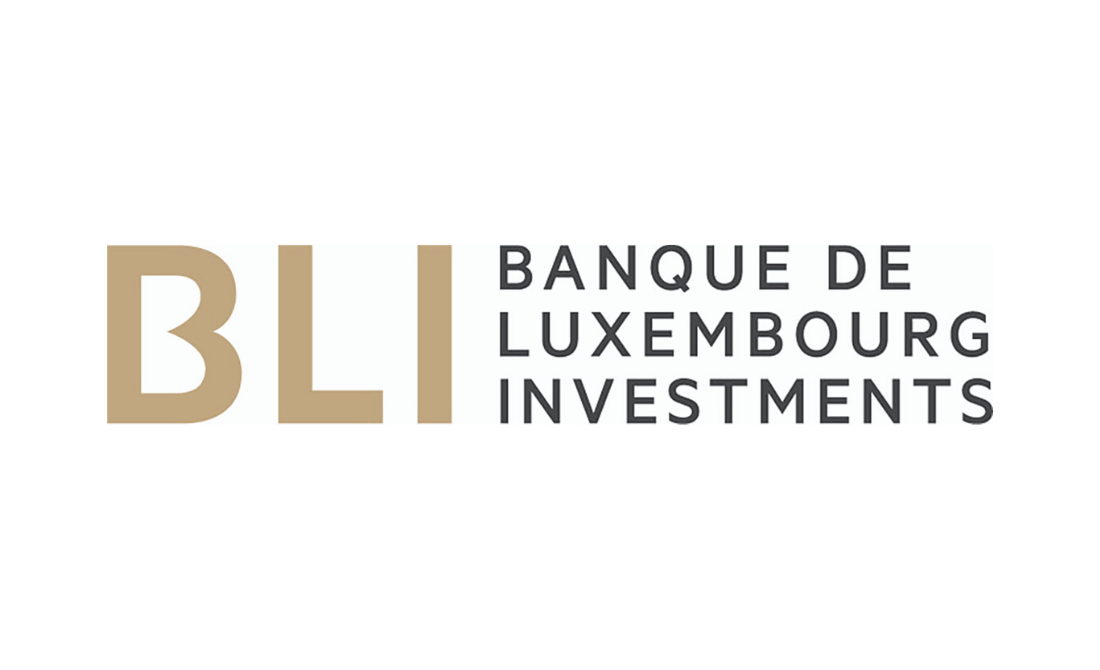Valoraciones y activos favoritos: ¿hay alguna lectura positiva del contagio del coronavirus al mercado?
| Por Beatriz Zúñiga | 0 Comentarios

El primer trimestre de 2020 está siendo una auténtica prueba de fuego para los gestores y los inversores. El efecto en los mercados de la crisis sanitaria del coronavirus ha centrado toda la atención durante las últimas semanas y por eso las gestoras apuestan por mirar más a largo plazo y evaluar lo que significa este evento de mercado, incluso ver si se puede sacar algo positivo a todo este entorno.
Por ejemplo, Ritu Vohora, directora de inversión del equipo de renta variable de M&G, se plantea si el coronavirus es una turbulencia pasajera o una amenaza para el crecimiento mundial. “Llegados a este punto, el repunte del crecimiento podría verse pospuesto, más que frustrado. No parece probable que asistamos a un periodo bajista prolongado en el mercado, pero resulta necesario prepararse para hacer frente a unos meses volátiles”, argumenta.
Respecto a las caídas experimentada en el mercado, Vohra considera que, “en muchos casos el episodio de ventas generalizadas en la renta variable sencillamente ha devuelto las valoraciones a sus niveles de hace unos meses, que posiblemente resulten más adecuado”. Y recuerda que es importante que “los inversores mantengan una perspectiva largoplacista”.
Si en algo coinciden todas las gestoras es que aún es demasiado pronto para evaluar las posibles repercusiones del virus sobre la economía mundial, sobre todo que será importante monitorear tanto su propagación como la tasa de mortalidad para hacer una correcta evaluación del impacto.
En opinión de Andrew Graham, responsable de Asia de Martin Currie, filial de renta variable de Legg Mason, el mercado seguirá un patrón similar y se recuperará rápidamente cuando haya pruebas de que el número de nuevas infecciones ha alcanzado su punto álgido. “En el caso del virus del SARS, transcurrieron aproximadamente seis semanas desde que la OMS dio la alerta mundial por primera vez hasta que se recabaron datos suficientes para llevar a los inversores a considerar que lo peor había quedado atrás. Estos últimos estarán muy atentos ante cualquier indicio en este sentido”, señala comparando con la última crisis de este tipo ocurrida en 2003.
Valoraciones: renta variable y fija
Para Graham, a la hora de analizar las caídas, hay que tener en cuenta que “antes del brote existían cada vez más pruebas de que el ciclo mundial, respaldado por la aplicación de políticas de apoyo, estaba empezando a mejorar. En caso de que el mercado marque nuevos mínimos, prevemos que solo se situará en esos niveles durante un breve periodo de tiempo y que repuntará drásticamente ante los primeros indicios de que el número de nuevos casos ha alcanzado su punto máximo”.
Misma opinión comparte Benjamin Melman, CIO Global de la gestora Edmond de Rothschild AM: “Las valoraciones del mercado eran bastante altas antes de que el virus se propagara más allá de Asia. Desde entonces, han disminuido drásticamente, pero los descuentos no son aún lo suficientemente atractivos como para justificar una posible compra, independientemente de las incertidumbres sobre el impacto del virus”.
Según el análisis que hace Melman, en términos de riesgo equivalente, la renta variable ha caído mucho más que los bonos. “Sin embargo, en este entorno, creemos que los mercados de crédito son fundamentales y técnicamente más arriesgados que las renta variable. Técnicamente, la liquidez del mercado de bonos está en un declive estructural debido al aumento de la regulación en los últimos años. La caída de las rentabilidades de los bonos ha atraído a muchos inversores nuevos, lo que ha llevado a que la calidad de algunos balances se reduzca. Los ETFs de crédito que ofrecen la ilusión de una liquidez permanente han prosperado. Pero no está claro si el mercado podría encontrar fácilmente su equilibrio si se produjera una venta fuerte. Fundamentalmente, las empresas muy apalancadas podrían sufrir incluso una recesión técnica, ya que la refinanciación podría ser cara e incluso inexistente. En EE.UU., más de la mitad del universo de investment grade está calificado como BBB o inferior. Cualquier golpe al crecimiento podría desencadenar una gran migración a los bonos a high yield. Por último, la sensibilidad del mercado high yield de EE.UU. a los precios del petróleo lo hace más frágil si la reducción de la actividad también arrastra al precio barril”, argumenta
Posiciones de cartera
Desde UBS AM destacan que dentro del universo de bonos gubernamentales globales su mercado favorito es China. “Además de los atractivos rendimientos en términos relativos, seguimos considerando que los bonos gubernamentales chinos son una forma muy eficaz de diversificar carteras multiactivo en el contexto del coronavirus”, defiende la gestora.
Según el argumento de UBS AM, en renta fija, ha reducido el riesgo crediticio y posicionado las estrategias para beneficiarnos del aumento de la demanda de bonos gubernamentales y corporativos de alta calidad. “Nos centramos en los mercados desarrollados y emergentes, donde los bancos centrales todavía tienen la posibilidad de gestionar el riesgo a la baja mediante el uso de nuevas políticas acomodaticias. Dentro del universo de crédito global, nos mantenemos positivos en la deuda en mercados emergentes tanto en divisa local como en moneda fuerte”, señala.
En opinión de la gestora, pese al evento de mercado, la renta variable global superará a los bonos gubernamentales en los próximos doce meses también permanece intacta. En relación con la renta fija, considera que la renta variable sigue teniendo una valoración atractiva, y que el crecimiento y los beneficios a nivel global se recuperarán en la segunda mitad del año. “En el caso de las acciones de los mercados emergentes, el impacto económico a corto plazo del coronavirus podría ser significativo, en gran parte debido a las considerables precauciones adoptadas, particularmente en China, como las restricciones de viaje y el cierre de fábricas”, concluye










